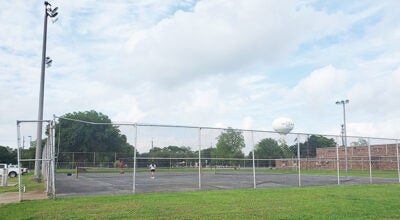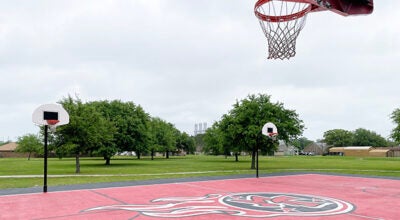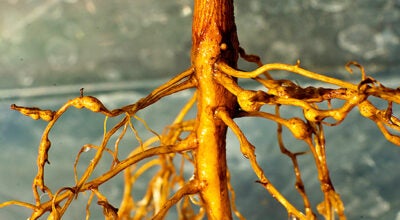MOORE OUTDOORS: Flooding impact on wildlife, fisheries is still unknown
Published 11:45 pm Wednesday, September 6, 2017
It is Monday morning and it is hard for me to believe that Interstate 10 from Vidor to Beaumont is still closed.
The fact that the area which is flooded much less is still holding water, sort of boggles the mind. The tributary of Adams Bayou down the road from my house has actually risen since floodwaters initially started receding and many areas are impossible to access.
I have seen displaced alligators, birds, skunks and opossums and actually saw a largemouth bass crossing FM 105 last Friday. I kid you not!
My friend Jerry Mills snapped a photo of huge white and orange koi on Texas Highway 62 and I have heard of others seeing catfish and other species in their houses.
There is no question the wildlife and fisheries of our region are in a state of shock and in some instances it will only get worse.
My biggest concern are potential fish kills in both fresh and saltwater. When floodwaters stand in marshes for extended periods, vegetation is killed and that can cause oxygen depletion.
In 1998 Tropical Storm Frances caused a major fish kill on Sabine Lake and in surrounding waters that killed untold number of flounder, shrimp, mullet, menhaden and other species.
I remember cruising the lake with Capt. Skip James and seeing the entire shoreline of East Pass lined with dead flounder.
Fast forward a few years and we got Hurricane Rita which caused major saltwater fish kills but also did major damage to inland fisheries such as rice canals, bayou systems and private ponds.
Just three years later we got Ike which caused perhaps the greatest damage we have seen in many decades to our fisheries and fishing infrastructure from Galveston Bay to Cameron, Louisiana.
I knew it was bad when driving back from evacuation I found some dead redfish and trout a few blocks from my house. Some fish were stuck in fences while others were in yards and parking lots.
But here’s the good part if there is one at all.
Redfish numbers have gone up since the hurricanes blew through. How?
The peak hurricane season is also peak season for redfish spawning and storms get reds really eager to breed.
Hurricane waters literally take the fertilized eggs and ultra small reds already born and push them into marshes where they get into prime estuary. Studies conducted in the 1960s in South Texas show big hurricanes that pushed into Lower Laguna Madre coincided with the biggest redfish crop recorded up to that time.
Although natural tragedies come and go, life always returns and in our cases it has returned in a big way with redfish. And it finally looks like our local bass numbers are coming back.
We will be looking for wildlife and fisheries impacts in the area and reporting on them. At this point, access is still very limited so our options for surveying damage are limited.
As soon as things clear up however we will hit the field to bring the information to you.
•
More columns from Chester in past week at panews.com





